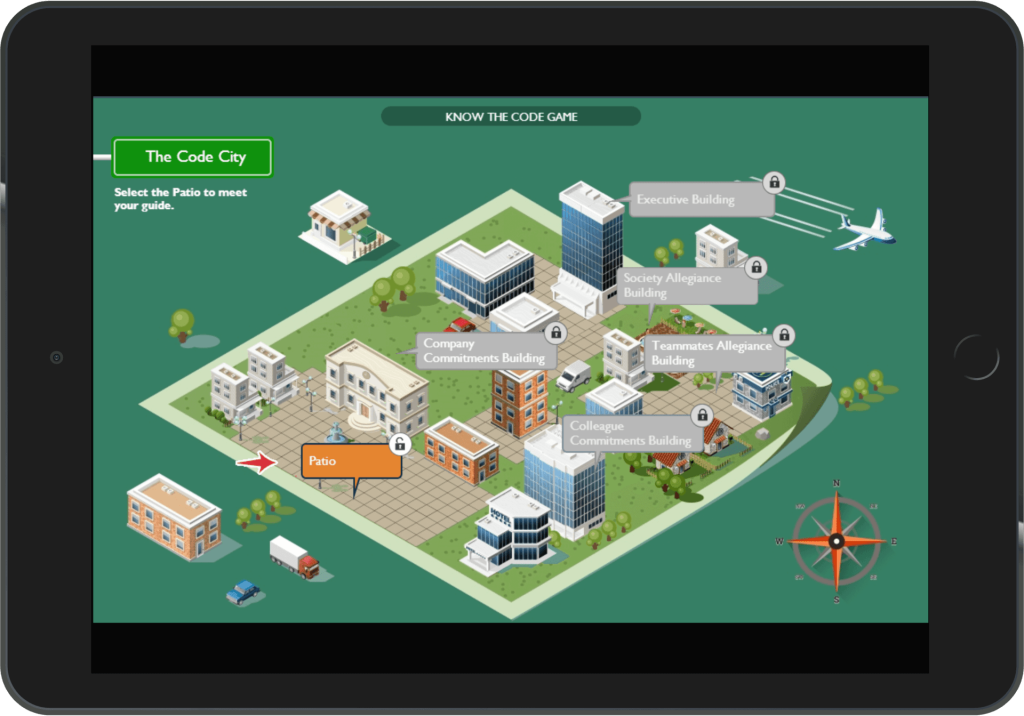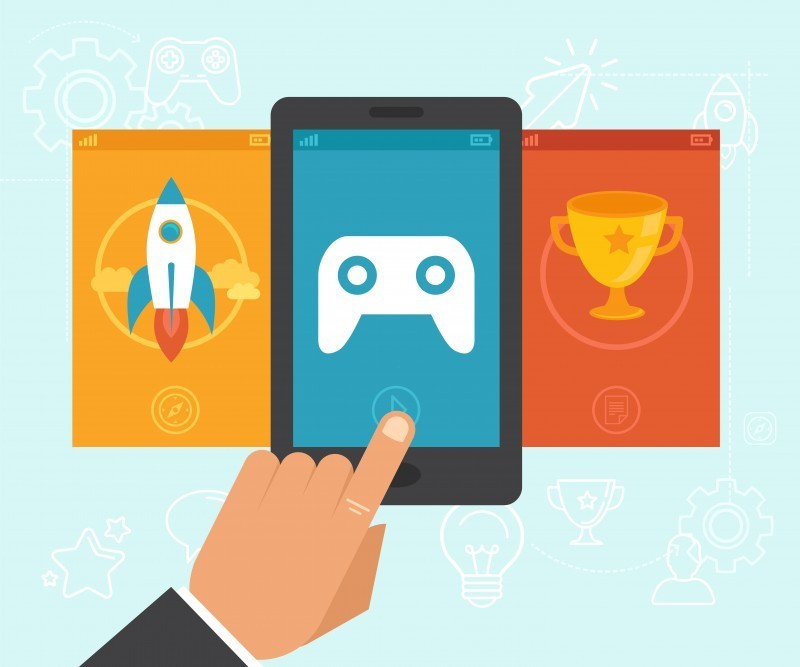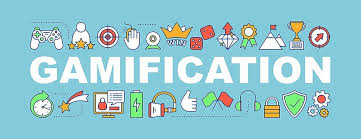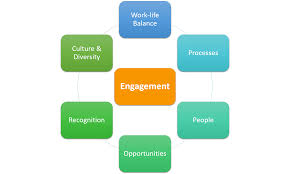
Onboarding new sales employees is a critical stage for any business. It sets the tone for an employee’s experience in the company and their ability to sell your products or services effectively. Engaging onboarding processes often incorporate gamification elements to boost motivation and participation. Here are three gamification elements that can elevate the onboarding experience for new sales hires:
1. Progression Levels:
Progression levels are powerful tools that mimic the structure of video games. They help sales trainees track their advancement within the training program in a visual and tangible way. By breaking down the training into levels, employees can set short-term goals and enjoy a sense of accomplishment as they progress from one level to another. This staged progression also helps managers identify which employees might need additional support at different stages of their training.
2. Role-Playing Scenarios:
The use of role-playing scenarios can be incredibly beneficial in sales training. New hires can be placed in simulated sales situations that they’re likely to encounter in reality, such as dealing with difficult customers or negotiating deals. These scenarios encourage active engagement as they make learning interactive and practical, rather than passive. With points or rewards given for successful outcomes, employees are incentivized to apply themselves fully, thereby enhancing their selling skills.
3. Leaderboards:
Leaderboards are commonplace in gamification because they instigate a friendly competition among employees. Salespeople are generally competitive by nature, making leaderboards an excellent fit for sales training programs. They publicly display progress, thus rewarding top performers while encouraging others to increase their effort to move up in rank. Leaderboards should focus on meaningful metrics that reflect the skills important for success in a sales role.
In conclusion, incorporating gamification into the onboarding process for sales training can not only make learning more enjoyable but also enhance knowledge retention and application practicality among new hires. By considering progression levels, role-playing scenarios, and leaderboards, companies can foster a learning environment that is both engaging and effective, ultimately leading to a more competent and motivated sales force.









